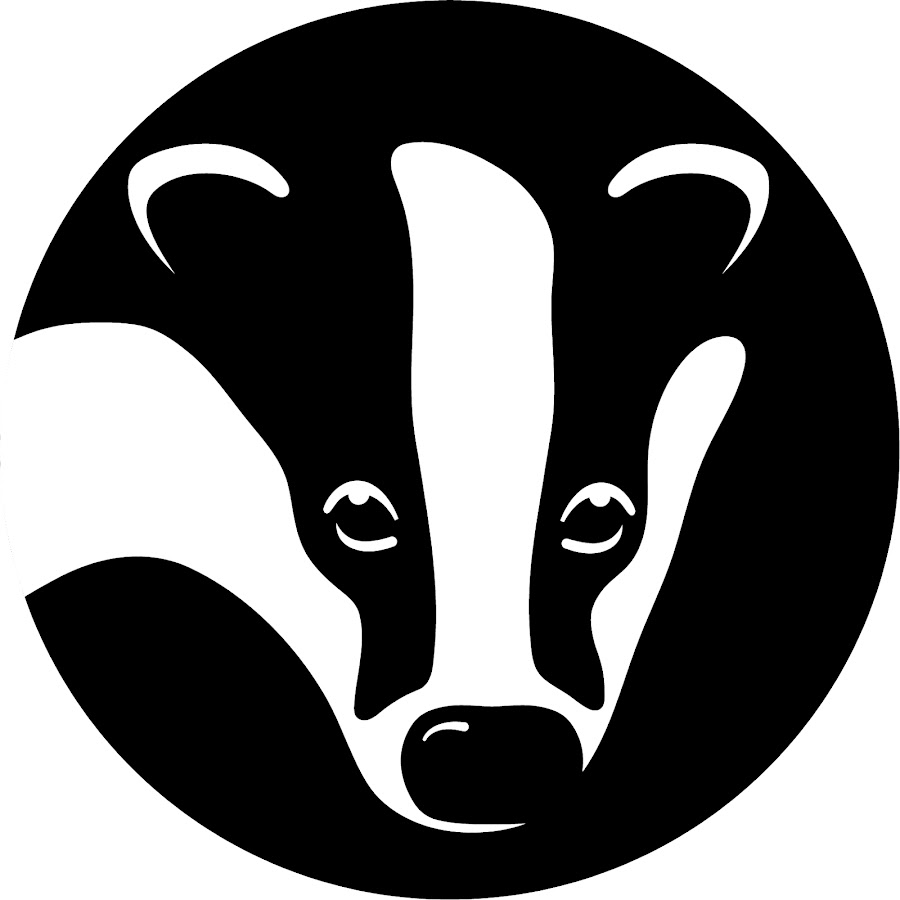It’s a political earthquake! The common earthworm, the soil-maker, food provider and grand recycler, is the landslide winner of the inaugural UK invertebrate of the year competition.
Lumbricus terrestris, also known as the lob worm, dew worm and nightcrawler, took a mighty 38% of the popular vote after readers nominated it to be added to the shortlist for the Guardian contest.
The rare and endangered shrill carder bee demonstrated the popular affection for bumblebees by coming second with 15% of the vote while the romantics’ choice, the glowworm, narrowly beat the unexpectedly popular distinguished jumping spider into bronze medal position with 9% of the vote.
Chris Packham, whose plea for the disrupter of the shortlist, the Asian or yellow-legged hornet made the front page of the Daily Star, said: “Through constant wriggling and extraordinary ecological commitment it’s great to see the earthworm take top spot. Although I suspect vote rigging by blackbirds, badgers and moles.”
Well deserved.
It’s about damn time they got some recognition. Thanks, worms!
does a real worm get a real little crown?
Guess the brits would still love me if I was a worm
This is the best summary I could come up with:
The common earthworm, the soil-maker, food provider and grand recycler, is the landslide winner of the inaugural UK invertebrate of the year competition.
Chris Packham, whose plea for the disrupter of the shortlist, the Asian or yellow-legged hornet made the front page of the Daily Star, said: “Through constant wriggling and extraordinary ecological commitment it’s great to see the earthworm take top spot.
In a media obsessed with the rare and beautiful, for the overwhelming importance of a cold, slimy, mostly unseen creature long associated with a kind of mute, spineless, humility to receive public recognition is a big deal.”
Worms make soils less prone to flooding in winter and less baking hard in summer, they boost microbial activity and, of course, are vital in supporting plant growth, including the crops that feed us.
It is not just on farmland where declines are occurring, probably due to pesticides and intensive ploughing, but in broadleaved woodlands – suggesting that wider factors such as climate change and pollution from animal worming including treatments for pets are driving losses.
Surprisingly the most traditionally beautiful animals on the shortlist, the swallowtail butterfly and the Clifden nonpareil moth, polled modestly, finishing in sixth and 10th place respectively.
The original article contains 722 words, the summary contains 202 words. Saved 72%. I’m a bot and I’m open source!





